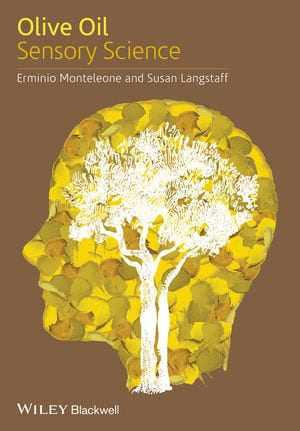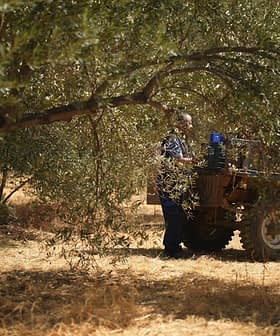What about olive oil stirs the senses the most? Is it the way the mellow green bottle reflects light like a prism around your kitchen, or how the smell mixes with the seasoning and ingredients you cook it with? These qualities (and more) often seem beyond the realm of quantitative study, but the recently published work “Olive Oil Sensory Science,” edited by Erminio Monteleone and Susan Langstaff provides ample evidence to the contrary. At over 350 pages, this tour de force of the science behind the way we perceive olive oil covers everything from tactile perception (how the oil feels in our mouths) to marketing and communication developments from experts in their fields.

In the edition’s overview, Monteleone and Langstaff (from the University of Florence, and Applied Sensory LLC, respectively) discuss the global dimensions of the olive oil industry today, and argue that success in new markets can be built on understanding the important differences and influences of the sensory properties olive oil elicits.
Although much attention has been paid to determining extra-virgin olive oil (EVOO) from other varieties, they write “this necessary evaluation is not sufficient to describe the sensory diversity among EVOOs.” So what else should an olive oil industry member, chef, or connoisseur know besides how to check for defects? Quite a lot, it turns out.
The growth of the olive oil market around the world means that consumers are developing more mature tastes, and in order to meet those changing demands, it behooves the industry to understand what those flavors are built on and how those opinions are formed. For the scientist at heart, this book is a gold mine. Chapters written from professors from around the world offer melting points, organic compound diagrams, and sensory profiles that operationalize almost every way olive oil is perceived.
Not only are the specifics of the oil examined, but so too are the psychological processes that form our sense of taste. The topic of human perception can fill many books on its own, but the authors here do a good job contextualizing taste integration and experimental design in the context of olive oil.
Outside of the unique ways that olive oil perception can be quantified, this book paints the industry as a global phenomenon. Part II of the book features chapters on olive oil from Spain, Italy, Greece, Australia, New Zealand, California, and South America, with color maps, varietal and climate history, and regional details for each country down to a remarkable level.
The olive oils of California are broken down into 7 different segments that run from San Diego to the Mendocino, and combined this portion of the book provides a comprehensive guide to broadening your global olive oil knowledge.
Like any work comprised of individual articles, the selections vary in structure and focus. Some highlights for the average reader will most likely be “Olive Oil in Food Pairing Studies,” and “Conditions and Opportunities for Successful Marketing.” If you’re ready to take your olive oil expertise to the next level, from grove to table, Olive Oil Sensory Science is an erudite and up-to-date resource.
Olive Oil Sensory Science, 388 pages, February 2014, Wiley-Blackwell








